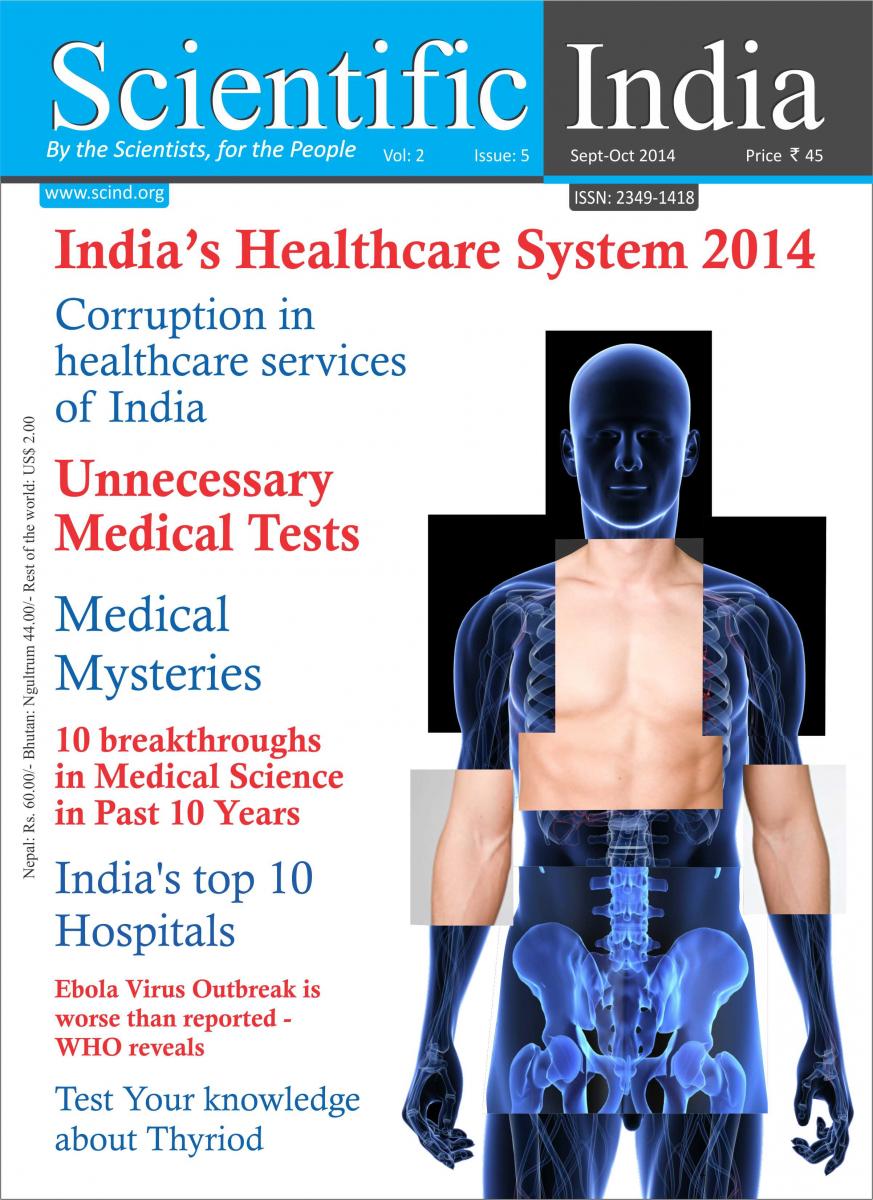Soil Carbon Dynamics and Global Warming Potential of Selected Soil Series and Landuse Categories

Advanced Centre of Environmental Studies and Sustainable Development, School of
Environmental Sciences, M.G University, Kottayam – 686560, Kerala, India
Land use conversion is usually accompanied by a decline in soil organic carbon. This work is aimed to determine the soil organic carbon affected by the multiple land use in a particular soil series. The study was conducted in Ustic Haplohumults soil series of Kottayam district of Kerala including land uses like Cropland, Wetland, Agricultural land, Homestead and Mixed vegetation land. Change in land use induced significant losses of soil and particulate organic carbon. The maximum SOC content (7.39%) was observed in abandoned paddy field which is nearly 89% more than the lowest values of 0.76% recorded from the Homestead soil. Soil carbon sequestration potential of different land uses varies on spatial and temporal basis along with the interplay of environmental externalities. Potential for CO2 production and global warming of various soils was in accordance with C mineralization and this explains the role and capacity of various land use under consideration to store and release carbon. In the present study it was found that the soils of coconut plantation serve as a better system in terms of maximum SOC storage and minimum carbon emission. The present study reveals the significance and importance of specific land use category which is optimal for particular soil series towards soil carbon storage.
Key words: Carbon mineralization; Global warming potential; Land use; Soil organic carbon
